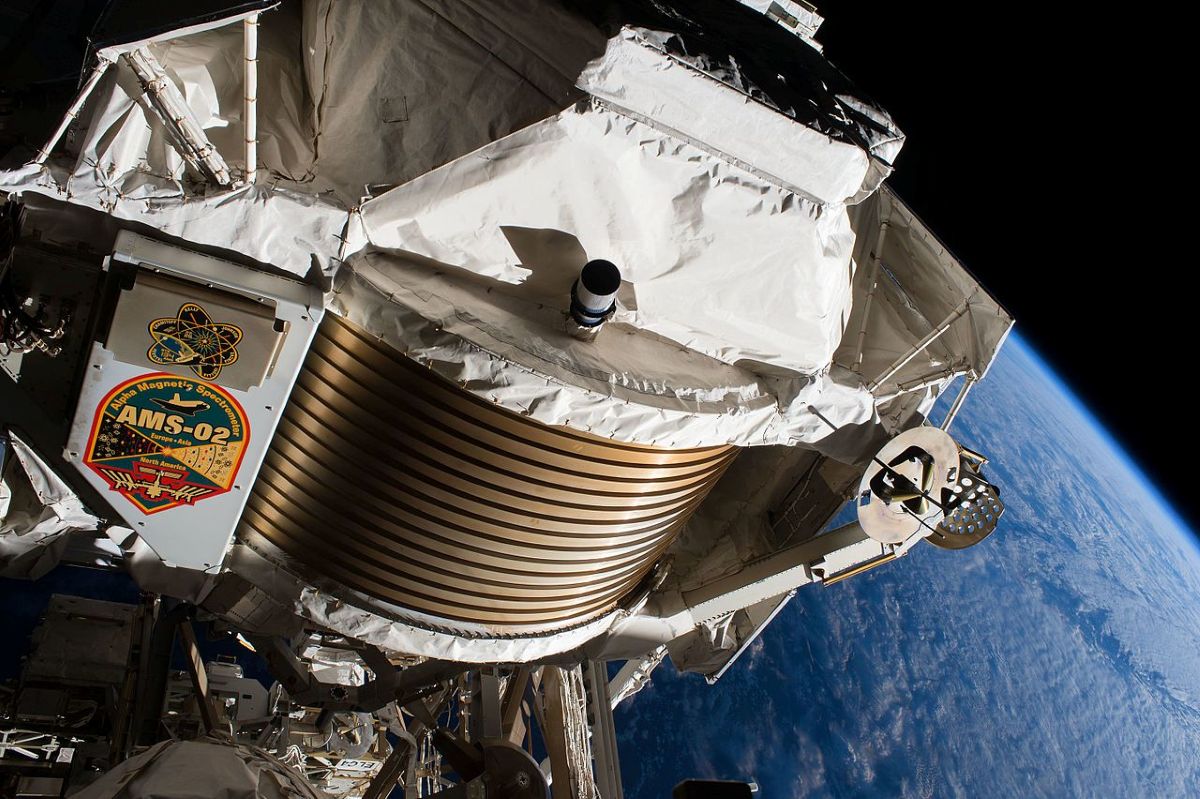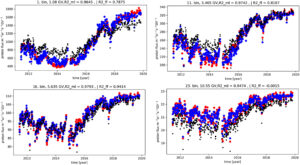Machine learning beats classical methods in predicting cosmic ray radiation near Earth

Cosmic rays are high-energy particles that constantly bombard Earth from space and are influenced by the Sun’s magnetic activity. When the Sun is active, fewer of these particles reach Earth, when the Sun is quiet, more are detected. Understanding these variations is essential for space-weather research, astronaut safety, satellite operations, and aviation.
For decades, scientists have often used a simplified approach called the force-field approximation to estimate how solar activity influences cosmic rays near Earth. The method is simple and easy to use for many applications. A new study published in Journal of Geophysical Research: Machine Learning and Computation shows that modern machine learning techniques can do much better.
Using nearly 3,000 daily measurements from the AMS-02 experiment aboard the International Space Station, the most precise long-term record of cosmic ray protons ever collected, the researchers tested several machine-learning models to evaluate how well they could reproduce the day-to-day changes in cosmic ray intensity.
The results show that machine learning models provide more accurate predictions than the traditional force-field method. The best performer, XGBoost, achieved excellent agreement with AMS-02 data, with R² values above 0.9 for lower energies. Other tested methods included Random Forest, SGDR, SVM, Transformer, and Linear Regression.
These findings demonstrate that machine learning can capture patterns in cosmic-ray behavior, opening the door to improved space-weather forecasting and better modeling of the radiation environment around Earth.
Reference: Nguyen, M., Bobík, P., & Genči, J. (2025). Approximation of daily AMS‐02 spectra with machine learning methods. Journal of Geophysical Research: Machine Learning and Computation, 2, e2025JH000676.
https://doi.org/10.1029/2025JH000676
Text: P. Bobik
Cosmic ray proton fluxes: AMS‐02 data (red dots), XGBoost (blue dots), and force field (black dots) for first bin (1.00–1.16 GV), eleventh bin (3.29–3.64 GV), sixteenth bin (5.37–5.90 GV), and twenty‐third bin (10.10–11.00 GV).
 Contact
Contact Intranet
Intranet SK
SK







